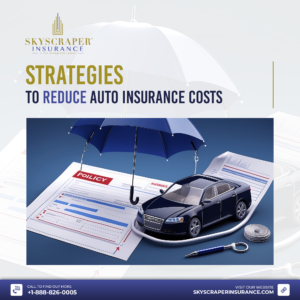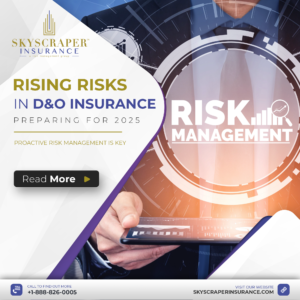WEST PALM BEACH, Fla. — By now you may have already learned that 50,000 homeowner insurance policies are getting dropped across the state by three insurance companies.
This is happening as an industry is spiraling to stay afloat.
South Florida and Treasure Coast homeowners are seeing their premium rates increase by 20 percent or more. In some cases, rates have doubled.
So, what is the state of property insurance in Florida, and how did we get here?
Gulfstream is one of three major companies approved to drop 50,000 residential property policies in Florida over the next month.
Neuhaus called his insurance agent immediately to find new coverage.
“He came back with a new equivalent policy in terms of coverage, but it was triple the annual premium,” Neuhaus said.
Lee Wiglesworth, president & owner of Wiglesworth-Rindom Insurance agency in Stuart, said stories like this don’t shock him.
“If someone is calling me with an increase of 20 to 40, 50 percent that doesn’t surprise me ever,” Wiglesworth said.
Wiglesworth said his employees work with over 40 insurance carriers to get their clients coverage for their homes. He said some clients are seeing quotes double or triple depending on their location.
So, how did we get to this point?
“That is a short question with a long answer,” Wiglesworth said.
As of last year, estimated losses from Hurricanes Irma and Michael totaled about $29 billion in claims. But the major problem driving up the costs of insurance is litigation.
The downward spiral of the property and casualty insurance market didn’t start in the court system, but that’s where it’s being held up.
Mark Friedlander, spokesman for the Insurance Information Institute said, believe it or not, it started at your door.
“A roofer comes knocking on your door and says, ‘We just did your neighbor across the street, beautiful new roof. And guess what? Your neighbor didn’t even pay for that beautiful new roof. We could do the same for you. Let us look at your roof and see if it requires any repairs or a complete replacement, if it does require that, we will take care of everything with your insurance carrier,'” Friedlander said.
The policyholder signs what’s called an assignment of benefits or AOB over to the roofing company, which basically means the third party can “stand in the shoes” of the insured and seek payment directly from your insurance company.
“Now, when the roofer sends the bill to the insurance carrier, the insurance carrier says, ‘Wait a second. This is an outrageous expense. This is not customary charges for this repair,'” Friedlander said. “Then the roofer gets together with the attorney and the attorney files a lawsuit against the insurer. And the policyholder, the homeowner, has no idea this is happening.”
According to a report presented to the Florida Legislature, analyzing the state’s property insurance market in 2019, insurance companies alone paid nearly $3 billion in lawsuit costs.
“These types of frivolous lawsuits are being filed by the thousands. That’s what’s the major driver of these expense hits that insurers are facing now,” Friedlander said.
The report also found that while a significant number of claims filed after storms are driving up costs, about 60 percent of the lawsuits filed against insurers are unrelated to catastrophes.
Based on 2019 data from the National Association of Insurance Commissioners, 76% of property claim lawsuits in the U.S. were filed in Florida.
“Now, we’ve created a situation where the Florida insurance market is in a very precarious position. You now have insurers that need to take drastic actions to keep operating really to stay above water to keep [their] business running,” Friedlander said.
Neuhaus feels like he’s treading water himself, up against a deadline of 30 days now, to get his home insured at an affordable price.
“You have to do what you have to do, you have to have your home insured,” said Neuhaus.
The Florida Office of Insurance Regulation, OIR, said it seeing an increase in proposed average annual premiums for insurance rates for Florida homeowners.
The office says last year OIR saw a “dramatic increase in the number of rate filings approved with a rate increase of more than 10%. Specifically, of the 105 homeowners’ multi-peril rate filings the OIR approved, 55 were ultimately approved for an increase greater than 10%.”
The office went on to say that “it carefully reviews proposed rate filings to ensure they comply with all applicable laws and are not excessive inadequate or unfairly discriminatory. Rates must be adequate to maintain insurer solvency and pay claims.”
Taken from: https://www.wptv.com/money/real-estate-news/why-are-home-insurance-rates-suddenly-increasing-in-florida




